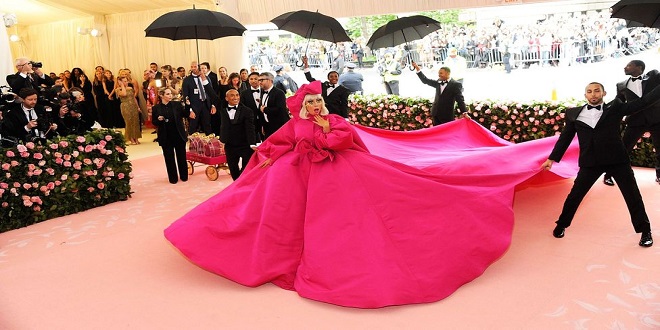
Until the nineteenth century, any deviance from the established social class differentiation, in terms of dress, was viewed as a serious threat to an ordered society. Throughout history, it seems that there has always existed the wish to ‘dress above one’s station in life, but doing so often had dire consequences. In the Middle Ages, such behaviour was punishable by death; during the Renaissance, the ‘imitator’ would be placed in stocks in the town square, at the mercy of passers-by. According to Hollander (1988), anti-fashion or non-fashion should not be defined in opposition to fashion, but as ‘a periodically fashionable attitude’ in the history of dress (1988: 350).
Anti-fashion has often been defined as a form of nihilism, in much the same way as a revolutionary break with tradition in the fine arts has been labelled ‘anti-art’. When this deviation becomes accepted as mainstream, the notion of the avant-garde disappears. While the early dandies, such as England’s Beau Brummel, gained cultural capital by using their appearance to raise their status in society, they were in fact inventing a new social order.
Brummel’s impeccably tasteful dress and personal demeanour were highly regarded, even amongst the aristocracy, and proved to be more influential than class identification. However, when women attempted to wear an unconventional dress at the same time in history, it was seen as a cultural affront to the bourgeoisie. When the actress Sarah Bernhardt was photographed wearing trousers, she explained that she wore them only in her sculpture studio, for practical reasons.
She appreciated that if women wore trousers or loose-fitting smocks, without corsets, it would be regarded as a counter-cultural assault on modesty, decency and femininity. According to Barwick (1984: 121), these clothes were ‘outrageously different, contemptuous of convention, escapist, theatrical, for the Edwardians the whole Bohemian effect was outrageous’.
Punk fashion: Rhodes and Westwood
Punk fashion used visual violence rather than political violence to prompt a response from middle-class society. Elements of contrast and contradiction proliferated in the costumes of the street punks, with tribal and ritualistic body accessorizing which suggested metaphoric links to earlier primitive societies. Effrontery in dress, obscenity in language and offensiveness in behaviour characterized the urban punk warrior.
Popular music performs an important role in identity creation for contemporary adolescents, because it is the most available and accessible form of media culture for them and, as such, a rich source of cultural meanings and standards to assimilate or resist (Crane 2000: 188). Punk music formed the backbone of this counter-cultural movement, which used dress to display its defiance of the establishments, the institutions and the canons of mainstream society. A study of historical fashion quickly reveals that, in revolution, the mode of dress becomes a badge of political affiliation.
Fashion as ideology: Benetton, Moschino and Gaultier
Fashion spending can be part of a new political platform that is sympathetic to the ambitions of various eco-movements, as well as those against racism and sexism, and those forms of local politics that advocate national pride and tribalism. The highly successful Benetton label was based on the marketing strategy that individuals use branding to identify with social or political ‘causes’.
Benetton’s advertising rarely shows an image of the product, because the product becomes secondary to the social ‘consciousness’ that it sells with its clothing. The photographs used in Benetton’s advertising campaigns rely on the visual shock to gain and sustain the viewer’s interest. The memory of the visual image of a black woman suckling a white baby makes a statement regarding racial integration, while a young man dying of Aids, surrounded by his family, reinforces the humanitarian need for compassion for this affliction.
The slang tech refers to technical terminology or jargon used by individuals in the technology field. It includes abbreviations, acronyms, and specialized language specific to technology-related subjects.
Last word
These sentiments become associated with the label, which is intrinsically linked with the actual clothing. The consumers are buying a social placebo, which signifies that they share a common philosophy and are monetarily contributing to a cause—thereby justifying the expense, as it is akin to making a charitable donation.




